By John Hart
There are basically two main ways to play the piano, and BOTH are very important: sight-reading and improvisation. Sight-reading is the skill that the majority of teachers (and schools) emphasize because it enables the student to reproduce the music of the masters. Like learning to read, sight-reading music requires many years of diligent practice to achieve competency. Unlike sight-reading, improvisation skill can be developed quickly--overnight in comparison! A student can get started knowing only the first 7 letters of the alphabet and where these are on the piano. After that is accomplished, here are the steps that I teach:
- Learn to play a scale. (We also start with C major because it uses only the white keys.)
- Learn the 7 triads of C major (in and out of order). Note: Their hands must be strong enough to play 3 notes at once.
- Learn to add a single bass note with the left hand (the root) while playing a triad with the right.
- Learn to play simple progressions with 2 hands in root position (i.e. I, IV, V, I)
- Learn to play the inversions of the primary chords (I, IV, V) of C major. (This means playing the notes of each triad in a different order: CEG, EGC, GCE)
- Learn to play from one inversion of a triad to the next in “close position”, which makes the music sound more beautiful because chords are now more localized and continuous with each other.
- Learn to play all the triad position of the scale in “close position” along with a single note bass.
These same steps are then repeated for all major and minor keys going around the circle of 5ths: C, G, D, A, E, etc. I believe anyone who learns music at the keyboard in this way will soon be able to play a chord chart or make up their own music, even if they are not yet very good at sight-reading.











